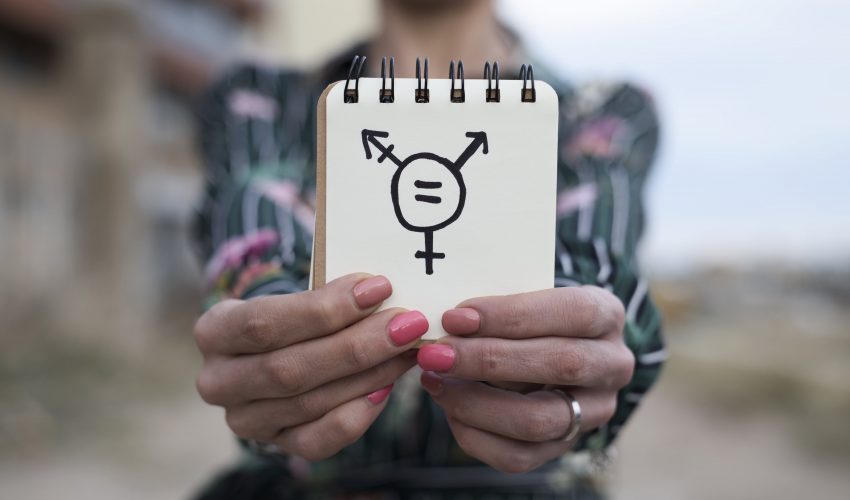Post Views: 2,306
Views No Comments
As nurses, we are bound by oath to treat each patient equally, regardless of age, sex, gender, political and religious inclinations, and sexuality. As such, it is a nurse’s ethical duty to reduce the health disparities that might affect the quality of care for the patient. This is a key point in the American Nurses Association’s Code of Ethics for Nurses with Interpretive Statements, which establishes: “The nurse practices with compassion and respect for the inherent dignity, worth and unique attributes of every person.”
Nevertheless, recent social studies have demonstrated that, sadly, this isn’t the case for some minorities, especially the transgender population. According to an article on workingnurse.com, a significant part of the transgender community has failed to receive adequate treatment for their conditions. Furthermore, others have reported harassment, abuse, neglect, or other types of sexual discrimination in a hospital setting. The article reads, “One-third of all transgender people report having been harassed, denied medical treatment or otherwise discriminated against in a healthcare setting in the past year.”
For this reason, in 2016, the National Institute on Minority Health and Health Disparities (NIMHD) officially recognized lesbian, gay, bisexual, and transgender citizen as a healthcare disparity population. In other words, these individuals are more likely to suffer recurring disease, have troubles finding adequate health care and, consequently, suffer earlier deaths.
Up until a few years ago, the term “transgender” was used to define someone that identified with the opposite gender, to the point of undergoing hormone replacement therapy and surgery to make the transition. However, this definition was not limited to those who made the change, as a large number of this community do not have the financial means to make the transition.
It’s important to state that sexual orientation is entirely different from sexual identity. The former defines a person’s sexuality, while the latter is based upon the gender that the person identifies as.In this sense, a transgender person can be gay, bisexual, or heterosexual.
Gender nonconformism refers to individuals who don’t follow society’s standards of gender roles and ways of life. The binary concepts of male and female are irrelevant as they don’t conform to the ways society says these two genders should feel, dress, or act. While some transgender individuals are gender nonconforming, not all gender nonconformists are trans.
One in three transgender or GNC individuals has had one negative experience with a healthcare provider in the past year, which includes verbal harassment or refusal of treatment. This goes completely against the code of ethics proposed by the American Nurses Association, which states that everyone should be treated equally, regardless of their circumstances.
In this sense, please consider the following for the next time you are tasked with treating a trans or GNC patient:
For more information on this delicate matter, feel free to visit this website to learn more about the stressors that a transgender or GNC person faces on a daily basis, as well as about the proper practices to treat these individuals in a hospital setting.
One in three transgender or GNC individuals has had one negative experience with a healthcare provider in the past year, which includes verbal harassment or refusal of treatment. Read on to learn what you should keep in mind when caring for patients who are transgender or are gender fluid.

